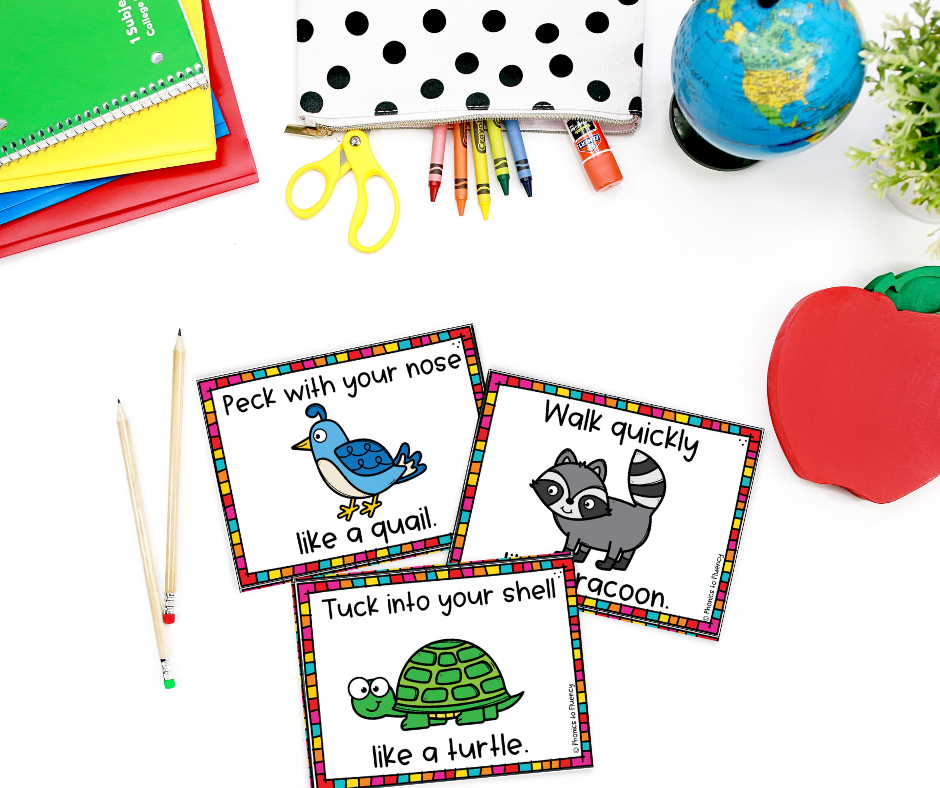
Are you searching for the best Kindergarten classroom management techniques and proactive classroom management strategies?
Look no further!
We’ve put together a guide to help you create a management plan that will set the stage for a positive and productive learning environment.
Keep reading to discover expert advice and actionable tips to ensure your success!

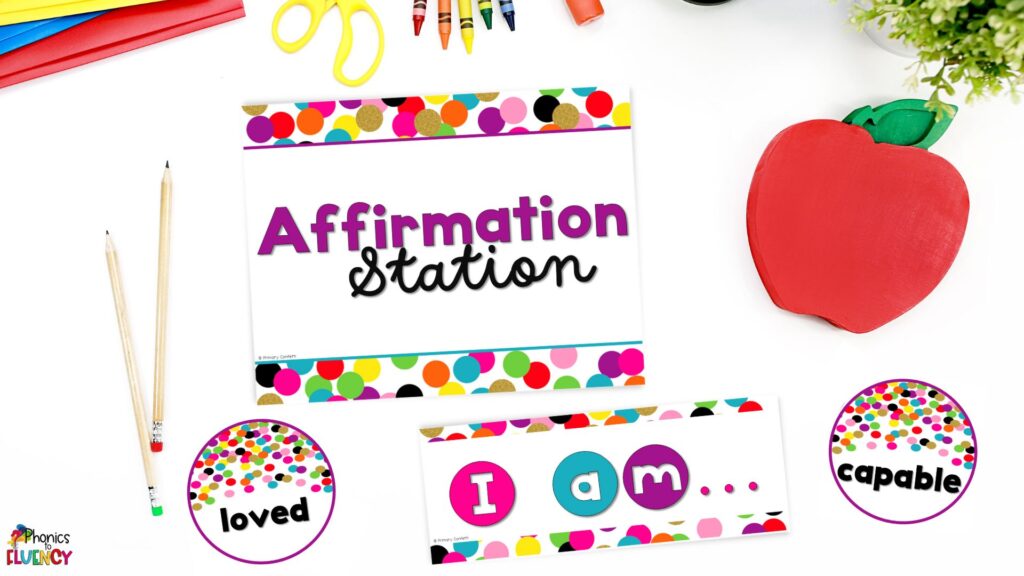
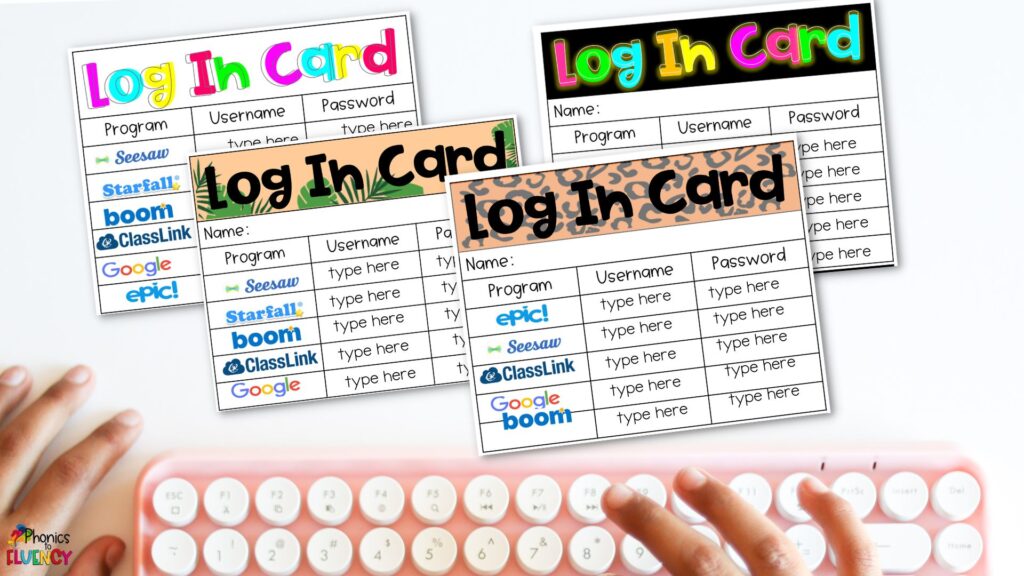
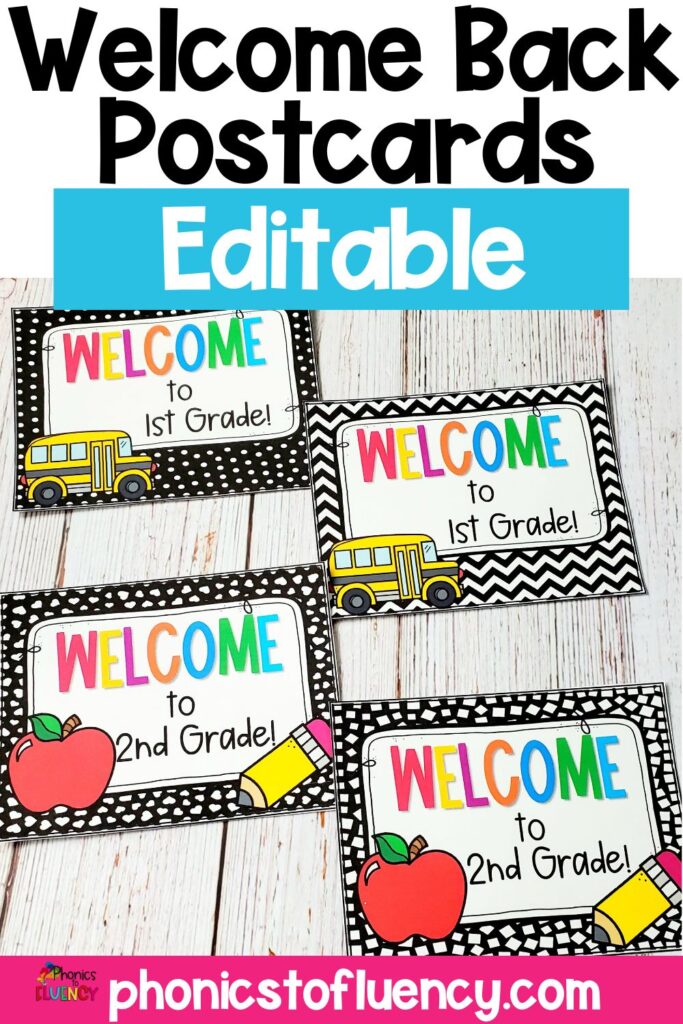
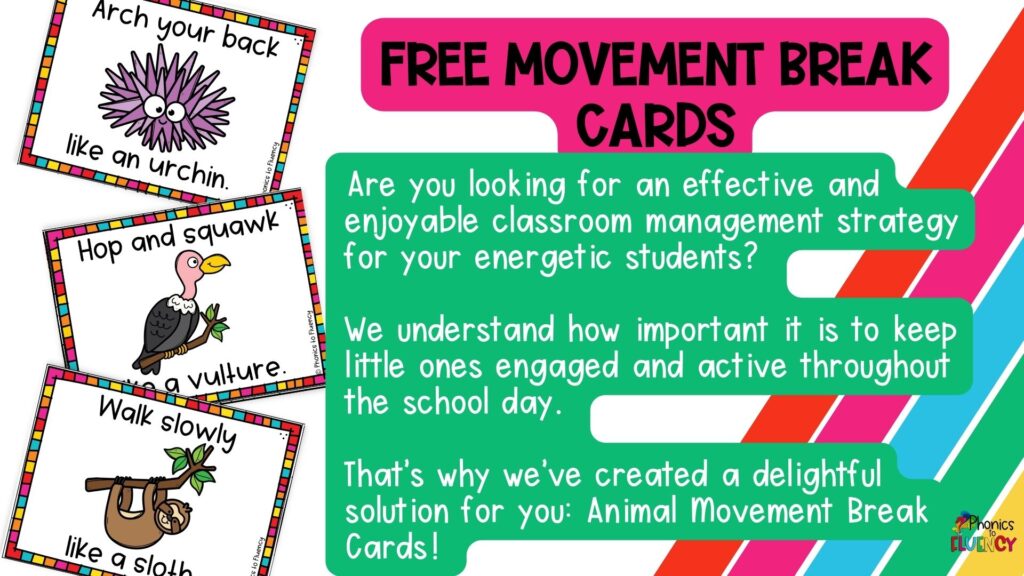
Now that you’re equipped with expert tips and proactive classroom management strategies for kindergarten, you’re ready to create a kindergarten classroom management plan that fosters a positive and productive learning environment.
Stay consistent, patient, and flexible as you implement these techniques, and watch as your students thrive in developing essential skills and behaviors that will lay the foundation for their future academic success.
Happy teaching!
XO, Kisha

Phonics to Fluency

It brings me so much joy creating high-quality, hands-on, research based Literacy and Math resources that are both engaging for students and save YOU time!

Let me give you some time back!
Just tell me where to send them…


I’d love to connect and get to know more about you!
Join the Phonics to Fluency community and connect, collaborate, and grow alongside other dedicated K-1 teachers and homeschool parents in our exclusive Facebook group.
© 2023 PHONICS TO FLUENCY | ALL RIGHTS RESERVED | SITE DESIGN BY AMY REIS CREATIVE
Subscribe to get a coupon code for 15% off your first purchase. PLUS receive regular updates and offers in the Phonics to Fluency newsletter,